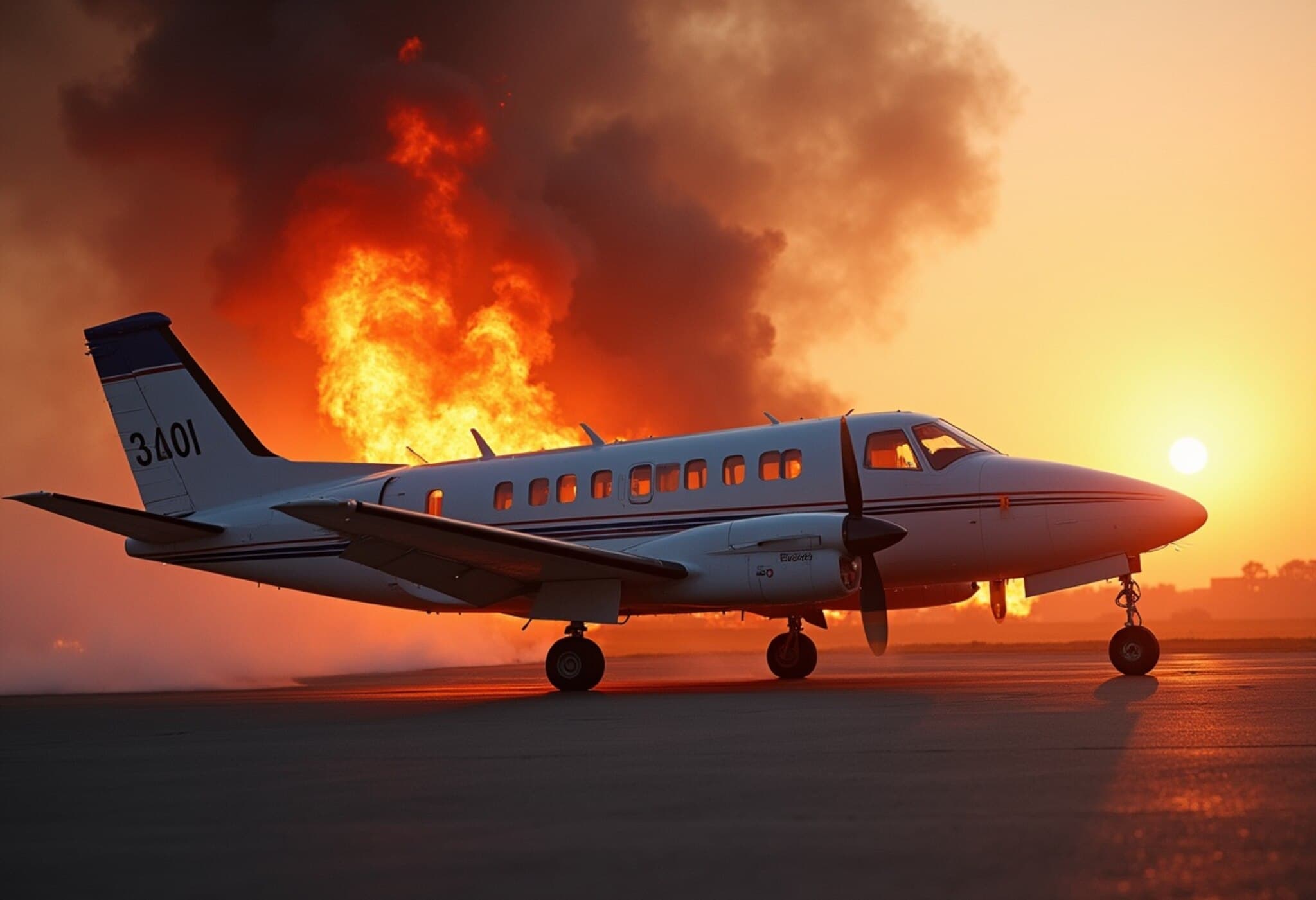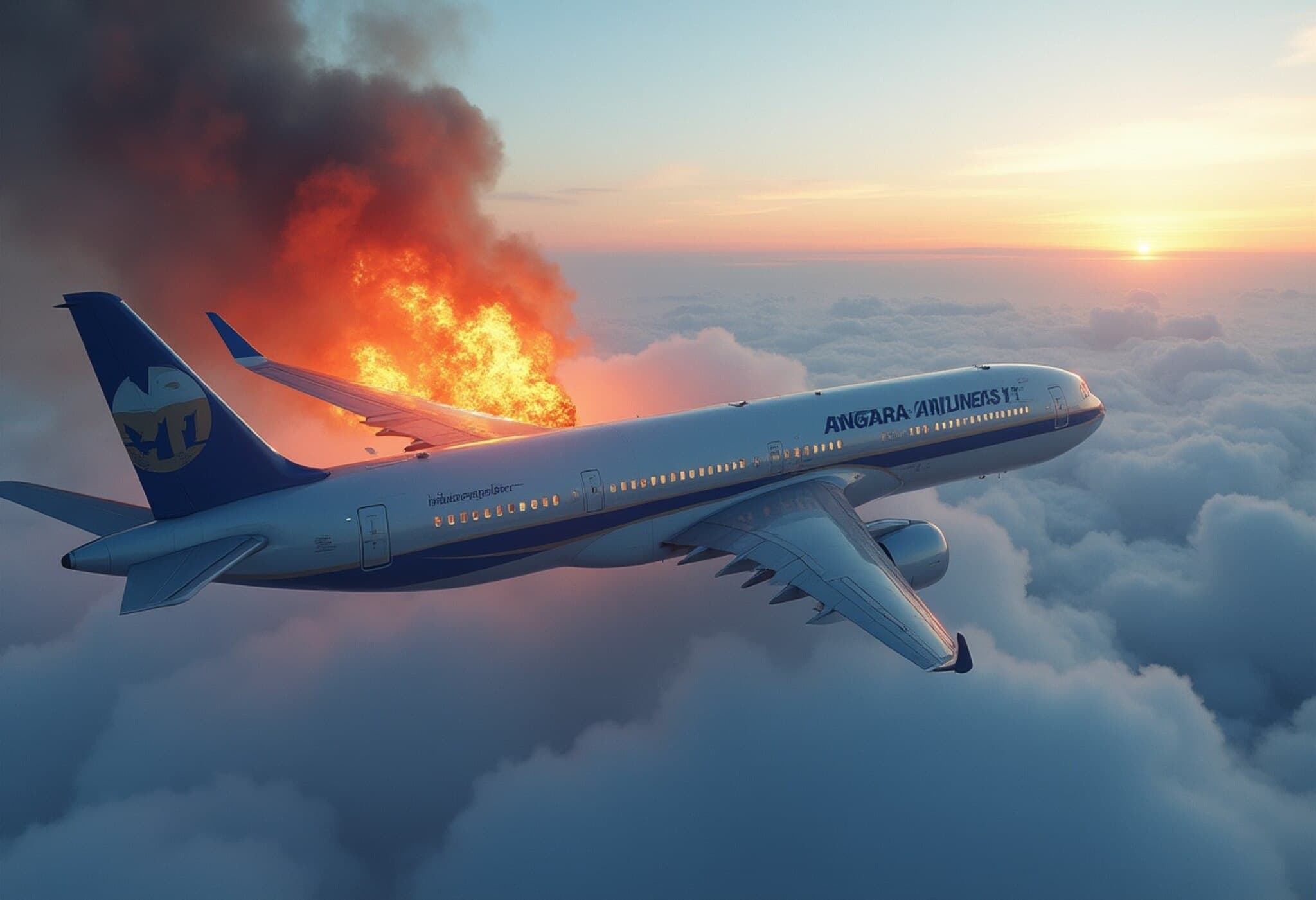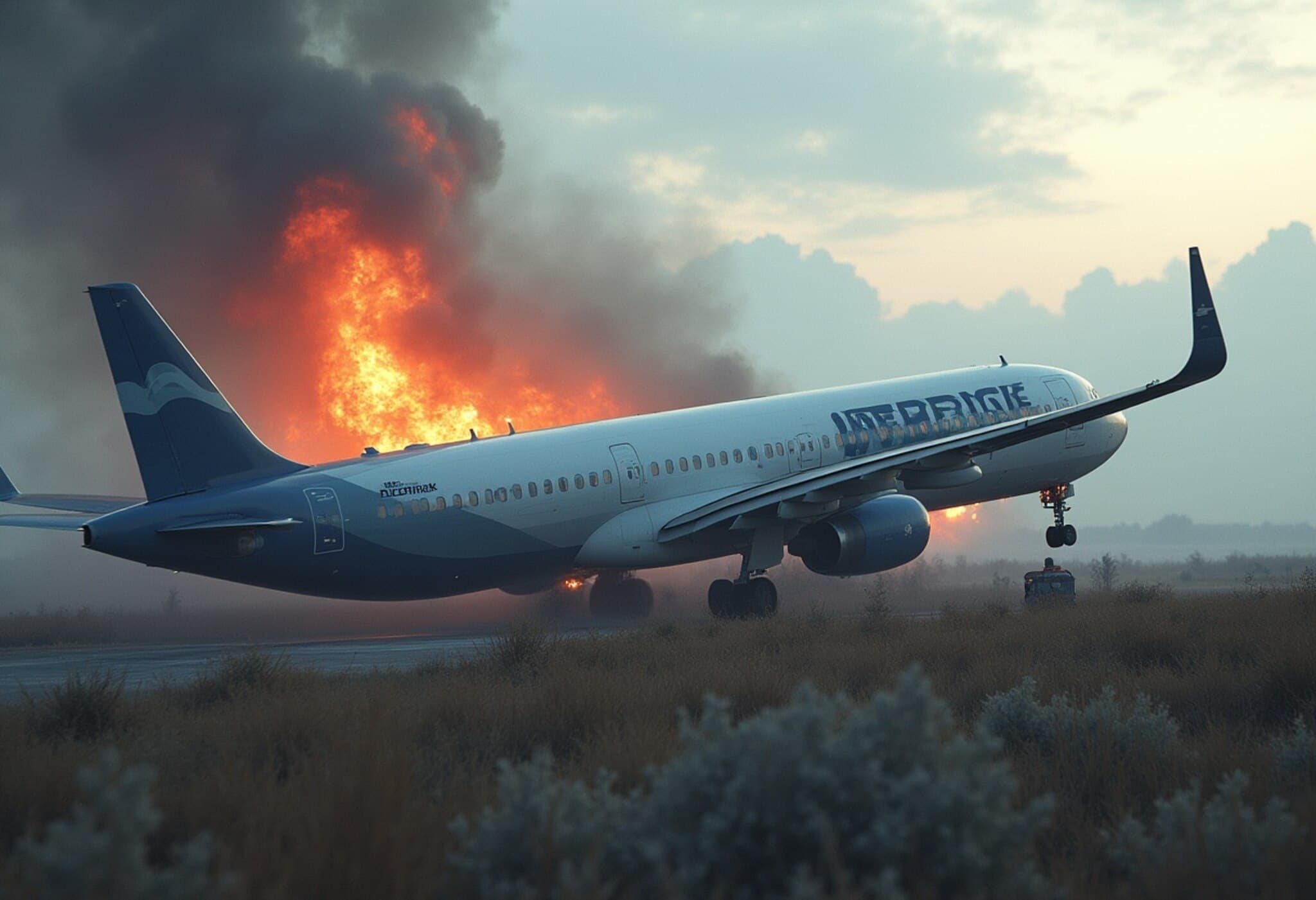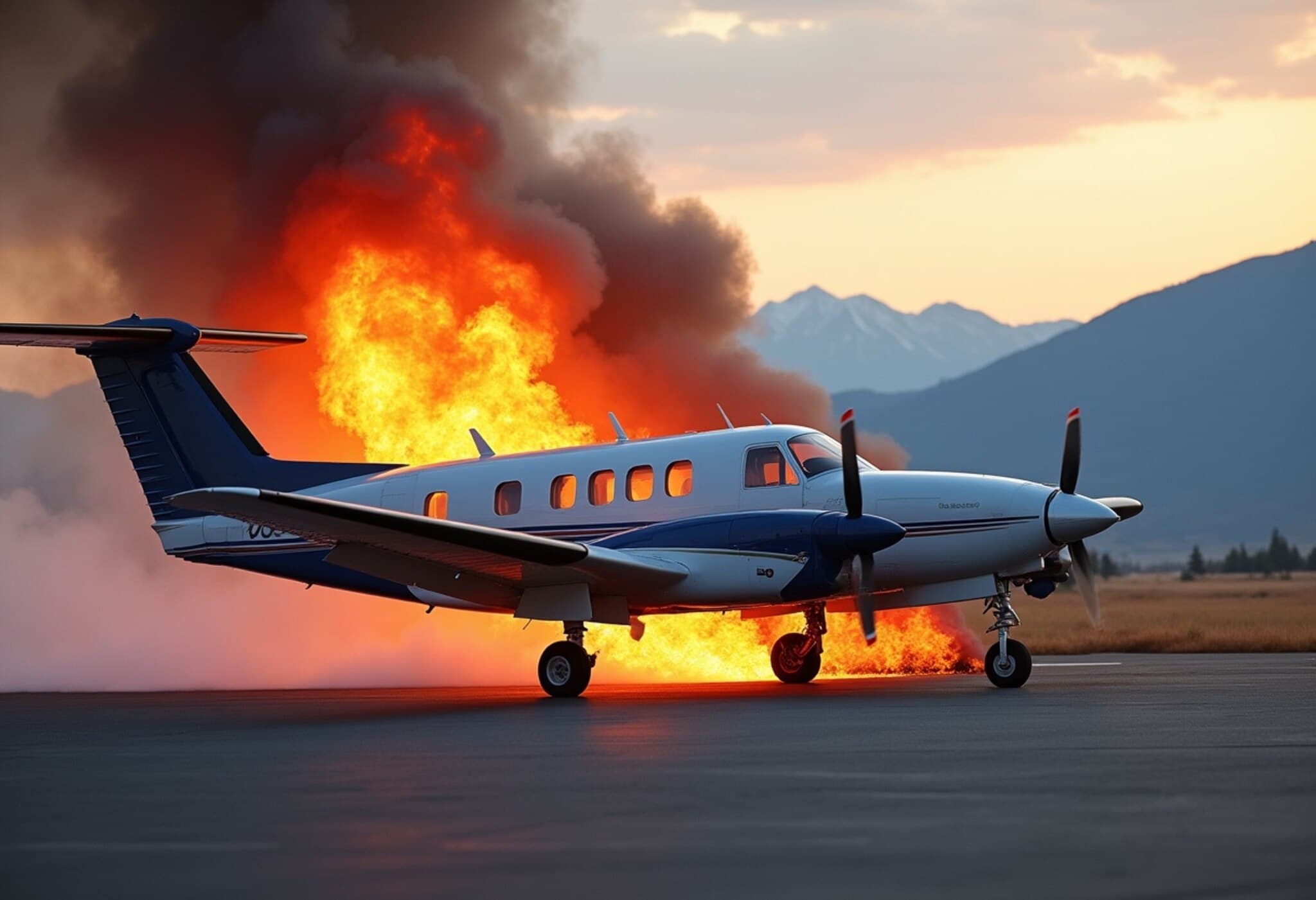Small Aircraft Crashes at London Southend Airport, Igniting Massive Fireball
Tragedy struck London Southend Airport late Sunday afternoon as a small Beechcraft B200 aircraft plunged shortly after takeoff, resulting in a dramatic crash and subsequent fireball that sent shockwaves across the aviation community and local residents alike.
Details of the Incident
According to Essex Police, who were alerted just before 4 p.m. local time, the aircraft—measuring approximately 12 meters (39 feet)—was involved in a serious collision. Eyewitness accounts describe the plane banking sharply to the left before flipping and crashing head-first onto the ground in flames.
John Johnson, who witnessed the crash with his family, recounted to the Associated Press, "It took off and about three or four seconds after, it started to bank heavily left. Then it inverted and crashed just head first. There was a huge fireball." Emergency services promptly responded, including the airport’s fire team, police, and ambulance crews.
Immediate Response and Public Safety Measures
London Southend Airport swiftly acknowledged the severity of the incident via social media, emphasizing collaboration with local authorities to manage the situation:
We can confirm there has been a serious incident at London Southend Airport this afternoon involving a general aviation aircraft. We are working closely with the local authorities and will provide more information as soon as possible.
As a precautionary measure, Essex Police evacuated a nearby golf course and rugby club to ensure public safety amid ongoing emergency operations.
Impact on Airport Operations and Local Community
The devastating crash forced cancellation of at least four scheduled flights, disrupting travel plans for many passengers on a busy summer weekend. David Burton-Sampson, the local Member of Parliament, appealed to the public to avoid the area and respect emergency responders’ efforts, stating his sympathies for those affected.
Contextual Insight: Aviation Safety and Small Plane Incidents
While commercial aviation remains one of the safest modes of transport, incidents involving small general aviation aircraft can occur due to a range of factors including mechanical failure, pilot error, or adverse weather conditions. Southend Airport, located approximately 35 miles east of central London, is a hub for general aviation as well as scheduled commercial flights, making safety protocols critically important.
Experts emphasize that investigations into such crashes typically involve thorough analysis by aviation authorities, including the UK’s Air Accidents Investigation Branch (AAIB), which will look into flight data, maintenance records, and witness accounts to determine root causes and prevent future accidents.
What’s Next?
- Investigation: Authorities will conduct a full inquiry to establish definitive causes.
- Support: Emergency and community services working to support victims and families.
- Recovery: Airport operations are expected to resume normal functioning as soon as investigations allow.
Editor’s Note
This unfortunate event at London Southend Airport shines a spotlight on the unique risks associated with general aviation. While rare, such incidents remind us of the continuous need for vigilance, robust safety standards, and rapid emergency response in aviation. Readers may consider the broader implications for regional airports balancing the demands of commercial and private aviation sectors, and the importance of community preparedness when accidents occur near populated areas.



















